Nvidia Paid Software: vPC, Parabricks And 8 More Products To Know
The GPU maker now has 10 paid enterprise software products spanning AI, high-performance computing, interactive graphics and collaboration, and several of them can be resold by channel partners, including Nvidia AI Enterprise and Nvidia Omniverse Enterprise.
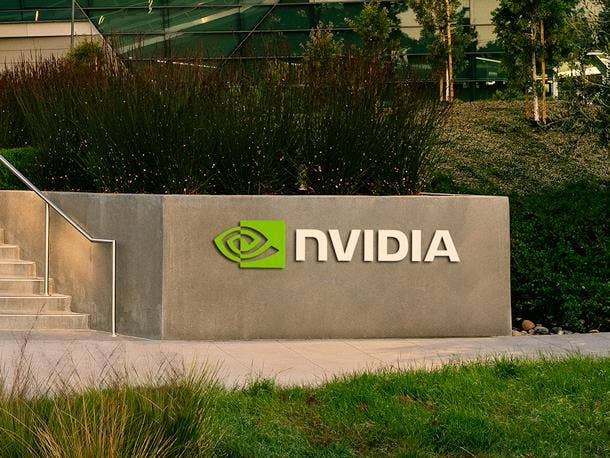
While Nvidia in its 28-year history has predominantly been focused on making graphics processing units, the chipmaker has increasingly broadened its ambitions to become what CEO Jensen Huang has described as a “full-stack computing company.”
This means the Santa Clara, Calif.-based company has expanded its offerings to include not just other components needed for computing, like network interface cards, but also entire systems, mainly with its DGX line of integrated AI systems that can scale up to massive GPU clusters.
[Related: Nvidia’s Manuvir Das: We ‘Mimicked’ VMware For Enterprise AI]
Another important area of expansion is paid software to make it easier for enterprise customers to develop, deploy, manage and run GPU-accelerated applications. Nvidia has 10 paid enterprise software products covering AI, high-performance computing, interactive graphics and collaboration, and this includes vPC for virtual desktop infrastructure and Parabricks for genome sequencing analysis.
Nvidia has made clear that it views paid software as a major business opportunity. Manuvir Das, the company’s head of enterprise computing, said at an investor conference in June that one of the latest products, Nvidia AI Enterprise, could represent “billions of dollars of opportunity over time” for that product alone because of the software suite’s licensing and support costs.
What follows is an overview of Nvidia’s 10 paid enterprise software products, several of which can be resold by the company’s channel partners as part of the Nvidia Partner Network.
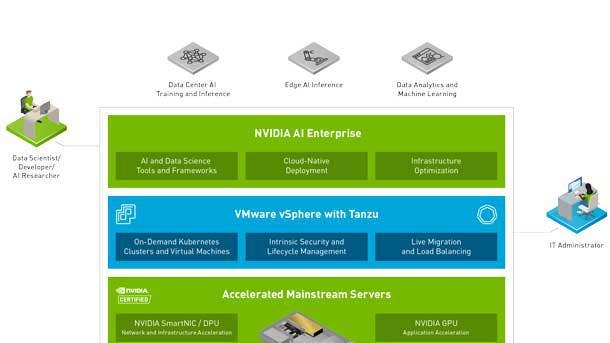
Nvidia AI Enterprise
Core to the company’s enterprise AI strategy, Nvidia AI Enterprise is a suite of software that allows organizations to run GPU-accelerated applications in traditional data center infrastructure with VMware’s vSphere virtualization platform. Servers in the Nvidia-Certified Systems program are all certified to run and deliver optimized performance for Nvidia AI Enterprise.
Nvidia AI Enterprise is not available on any virtualization platform other than vSphere, and it lets organizations move AI applications from bare-metal servers to virtual machines and containers with very little performance impact, according to Nvidia. The suite comes with a multitude of enterprise-grade AI tools and frameworks, including Nvidia Triton Inference Server and Nvidia TensorRT. It also includes AI offerings for a broad range of industries, from manufacturing to financial services.
Justin Boitano, vice president and general manager of enterprise and edge computing at Nvidia, has previously said that Nvidia AI Enterprise can significantly reduce the amount of work required for companies to deploy AI applications into production environments. For instance, Nvidia’s Transfer Learning Toolkit, which is available in the suite, can reduce the amount of time it takes for a company to build an AI model from 80 weeks to eight weeks.
Subscription licenses for Nvidia AI Enterprise, which launched this year, start at $2,000 per CPU socket annually, and the subscription includes standard business support five days a week. It’s also available as a perpetual license at $3,595 per CPU socket annually, and enterprise business standard support for the software suite costs $899 per license annually.

Nvidia Virtual Compute Server
With Nvidia AI Enterprise available exclusively on VMware vSphere, customers using hypervisor software from Red Hat, Nutanix and other vendors must turn to Nvidia Virtual Compute Server for GPU virtualization needs.
Virtual Compute Server predates Nvidia AI Enterprise and was unveiled in 2019 as a way for IT administrators to flexibly manage GPU resources like they do for the rest of their data center. Unlike Nvidia AI Enterprise, Virtual Compute Server only serves as GPU virtualization software and does not come with any Nvidia AI software or optimizations for AI workloads.
Nvidia Virtual Computer Server is available as a subscription license at $450 per GPU annually. There is no perpetual license available.
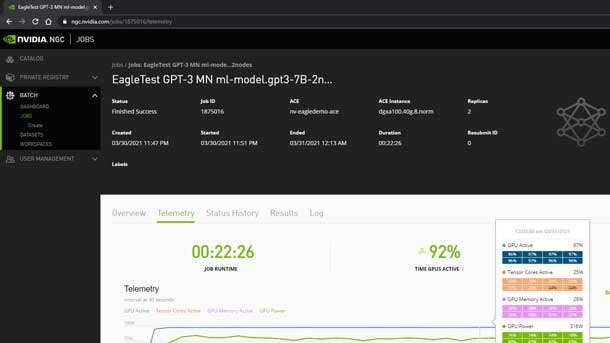
Nvidia Base Command
Whereas Nvidia AI Enterprise is focused on the application layer, Nvidia Base Command is a platform focused on the first two steps of AI development, data preparation and training.
Offered jointly by Nvidia and NetApp, Base Command is a cloud-hosted development hub that includes access to Nvidia’s DGX SuperPOD AI supercomputers and NetApp’s data management offering hosted at an Equinix data center for a monthly subscription that starts at $90,000.
The Base Command software, which launched this year, provides access to a wide range of AI and data science tools, including the Nvidia NGC software catalog, and it appears as a single pane of glass that will make it easy to share GPU resources through a graphical user interface and command line APIs. The software also includes monitoring and reporting dashboards.
Nvidia’s Das said Base Command turns Nvidia’s DGX AI systems into an “internal shareable environment” that allows multiple researchers and data scientists to utilize the same GPU resources to work on AI projects at the same time. This will reduce the complexity of managing AI workloads while making high-performance GPU compute more accessible for customers.
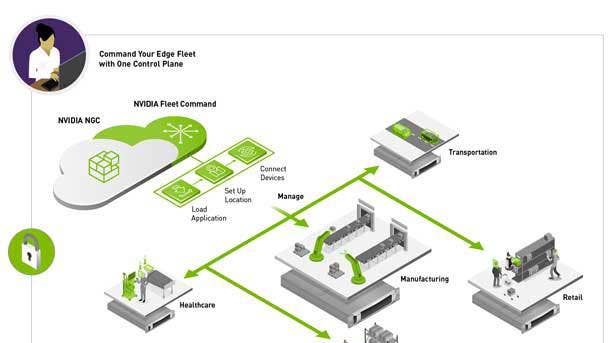
Nvidia Fleet Command
While Nvidia Base Command is focused on the data preparation and training steps of AI, Nvidia Fleet Command is a managed services platform for deploying and managing AI applications in certified Nvidia servers across thousands of locations at the edge.
Launched this year, Fleet Command is remote management software that reduces the heavy lifting required to install, update and manage software from a central location. Fleet Command can be combined with Base Command to quickly move AI projects from prototypes to production.
Nvidia’s Boitano said Fleet Command can quickly turn any server that is part of the Nvidia-Certified Systems program into “a secure edge AI system.” He added that customers have the option of running Nvidia AI Enterprise on top of Fleet Command as the application layer.
Fleet Command is available through a monthly subscription from Nvidia, and the pricing of the subscription varies based on the size of deployment.
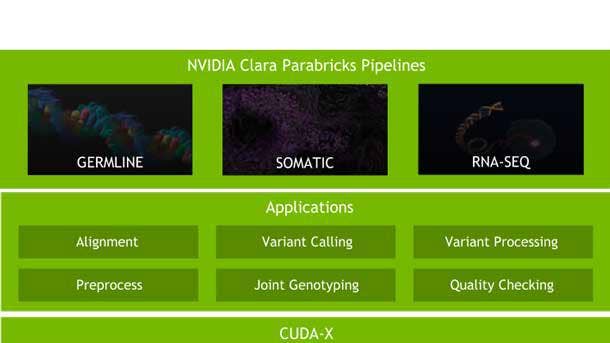
Nvidia Clara Parabricks
Nvidia Clara Parabricks is an application framework designed to take advantage of GPU acceleration for genome sequencing analysis.
Parabricks can “process up to 60 whole genomes per day on a single server,” which can reduce computing costs by as much as 50 percent compared with CPU-only offerings, according to Nvidia. It’s available via the cloud and through on-premises servers, including the Nvidia DGX A100 system.
Parabricks is part of the Nvidia Clara application framework for health-care and life sciences developers, and the company was acquired by Nvidia in late 2019.
The cost of Parabricks varies by the size of the institution and their workload, according to Nvidia, but there are discounts available for educational institutions and for multiyear use.

Nvidia RTX Virtual Workstation
Nvidia RTX Virtual Workstation is a virtual workstation offering for design and visualization applications that takes advantage of the chipmaker’s RTX GPU technology, including ray tracing and AI-denoising.
Available via the cloud or on-premises, RTX Virtual Workstation promises lower IT costs and “business agility” with live migration and management and monitoring tools.
RTX Virtual Workstation, which is abbreviated as RTX vWS, is offered in different GPU configurations based on performance and cost needs. The A40-based offering provides the best performance while the A10-based offering provides the best performance per dollar. The T4-based offering, on the other hand, is available as an entry-level option.
For a four-year subscription license, RTX vWS costs $206.25 per concurrent user annually, and it’s $180 per concurrent user annually for a five-year subscription. For a perpetual license, RTX vWS costs $450 per concurrent user annually, and it requires an annual subscription of $100 for four or five years to receive support, updates and maintenance.

Nvidia Virtual PC
Nvidia Virtual PC is a virtual desktop infrastructure offering that provides GPU acceleration for a range of PC applications, including those that can strain server CPUs, like video collaboration.
The VDI offering, also known as vPC, helps customers protect their investments by ensuring desktop environments can stay on top of increasingly higher graphical requirements, according to Nvidia. It also provides improved user density over CPU-only VDI offerings, and it includes support for Windows and Linux operating systems as well as four HD displays, two of which can provide 5K resolutions.
Nvidia said its GPU-accelerated vPC virtual machines can provide reduced latency and higher frame rates compared with CPU-only VDI solutions.
For a four-year subscription license, vPC costs $43.75 per concurrent user annually, and it’s $40 per concurrent user annually for a five-year subscription. For a perpetual license, vPC costs $100 per concurrent user annually, and it requires an annual subscription of $25 for four or five years to receive support, updates and maintenance.

Nvidia Virtual Applications
Nvidia Virtual Applications is a GPU virtualization offering for remote desktop services technologies like Citrix Virtual Apps and Desktops.
The app streaming offering, also known as Nvidia vApps, is designed to give users access to “any Windows application at full performance on any device, anywhere,” according to Nvidia. This is meant as a cost-effective virtualization offering that allows a single data center GPU to power multiple virtual machines running Citrix software. It also supports Microsoft’s Windows Server remote desktop services.
Nvidia vApps includes features for management and monitoring, live migration, security and multi-tenant support.
A subscription license for Nvidia vApps costs $10 per concurrent user annually. A perpetual license costs $20 per concurrent user annually, and it requires an annual subscription of $5 for four or five years to receive support, updates and maintenance.
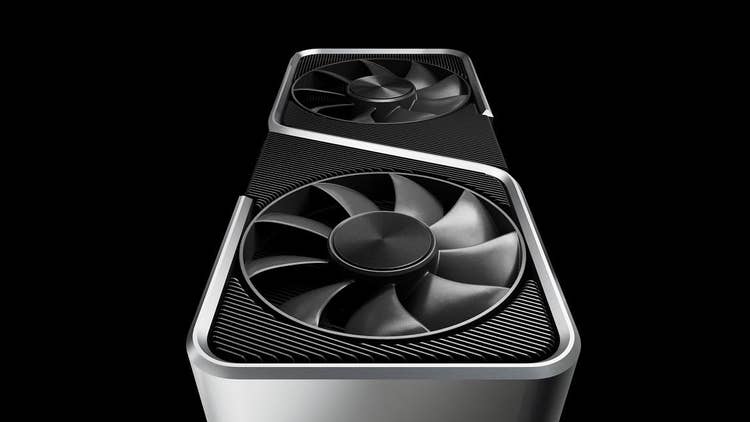
Nvidia vGaming
Nvidia vGaming is a GPU virtualization offering that allows businesses to stream PC games to multiple end users simultaneously for commercial cloud gaming services.
The cloud gaming offering allows a high-density GPU server to run up to 160 PC games concurrently, according to Nvidia. It’s part of a “build-your-own” offering for cloud gaming that also includes “game-ready” drivers, Nvidia Capture SDK and support for commercial cloud gaming services.
Nvidia also provides a turnkey offering for commercial cloud gaming through the GeForce Now Alliance, which allows partners to deliver game-streaming services in different regions.
The company declined to disclose any costs associated with its cloud gaming products.
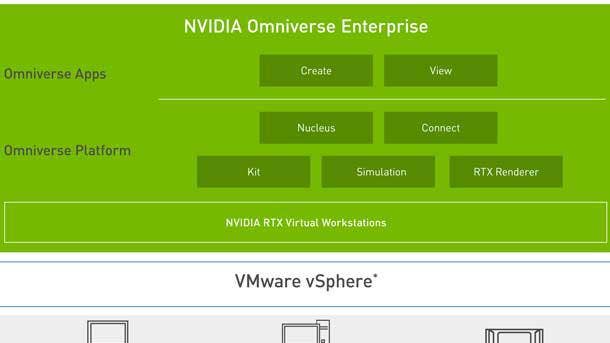
Nvidia Omniverse Enterprise
Nvidia Omniverse Enterprise is collaboration platform that allows 3-D design teams to work together on the same files in real time across multiple software suites from companies like Adobe and Autodesk, whether on workstations or virtual workstations.
Launched this year, Omniverse Enterprise is the enterprise version of Nvidia Omniverse, which is free for individuals, and it consists of multiple software components. For end users, there’s Omniverse Create, which lets users assemble, light, simulate and render scenes using Pixar’s Universal Scene Description framework; and Omniverse View, which lets users review 3-D design projects.
The back end for Omniverse Enterprise consists of Omniverse Nucleus server, which manages a database shared among clients; and Omniverse Connectors, which provides plugins to design applications.
Omniverse Enterprise consists of three subscriptions. The first, to run the Omniverse Nucleus server, costs $1,000 per named user annually, which covers the software, enterprise support and Nucleus Workstation. The second, for creators, costs $2,000 per floating user license annually, and it includes Omniverse Create, Omniverse Kit, Omniverse Extensions, batch microservices for up to 64 GPUs and enterprise support. The third, for reviewers, costs $100 per floating user license annually, and it comes with Omniverse View and enterprise support.
A subscription to Omniverse Nucleus server is required for collaboration in Omniverse Create and for editing and commenting in Omniverse View.
Advertisement